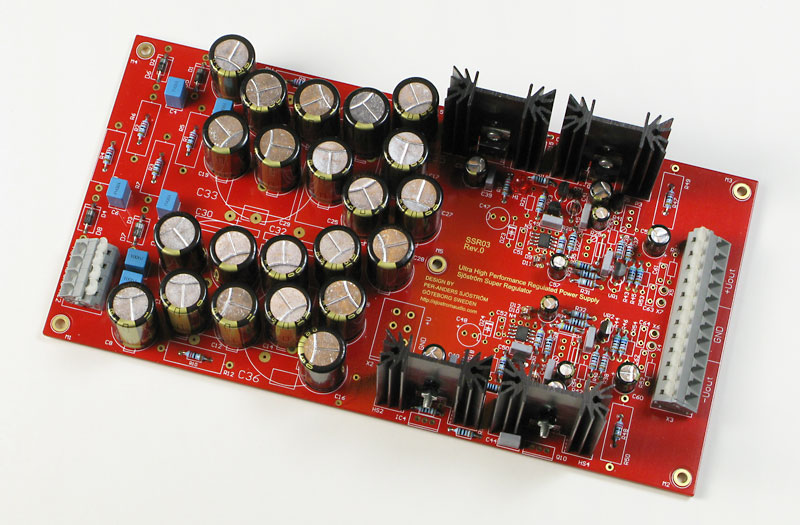fred sonnen
pfm Member
I build regulated PSU to get 500mA@5V respectively 400mA@17V and wanted to know the matching Transformer.
I got a answer I do not understand. Is anyone able to translated it for a Dummy ;-)
"The basic rule is that you'll get 1.4 times the AC rms voltage if you rectify and smooth the voltage. One more thing to consider is the open load voltage of the transformer. This voltage is higher for small transformers. If you read the datasheet of the transformer you can find out what the max output voltage to be. The goal for you is the have 5 V more at all time at the LM317/337 regulator. If you omit this pre-regulator then you'll gain 2.5 volts."
quite simple for a Pro, for me.....
Thank you ;-)
I got a answer I do not understand. Is anyone able to translated it for a Dummy ;-)
"The basic rule is that you'll get 1.4 times the AC rms voltage if you rectify and smooth the voltage. One more thing to consider is the open load voltage of the transformer. This voltage is higher for small transformers. If you read the datasheet of the transformer you can find out what the max output voltage to be. The goal for you is the have 5 V more at all time at the LM317/337 regulator. If you omit this pre-regulator then you'll gain 2.5 volts."
quite simple for a Pro, for me.....
Thank you ;-)


